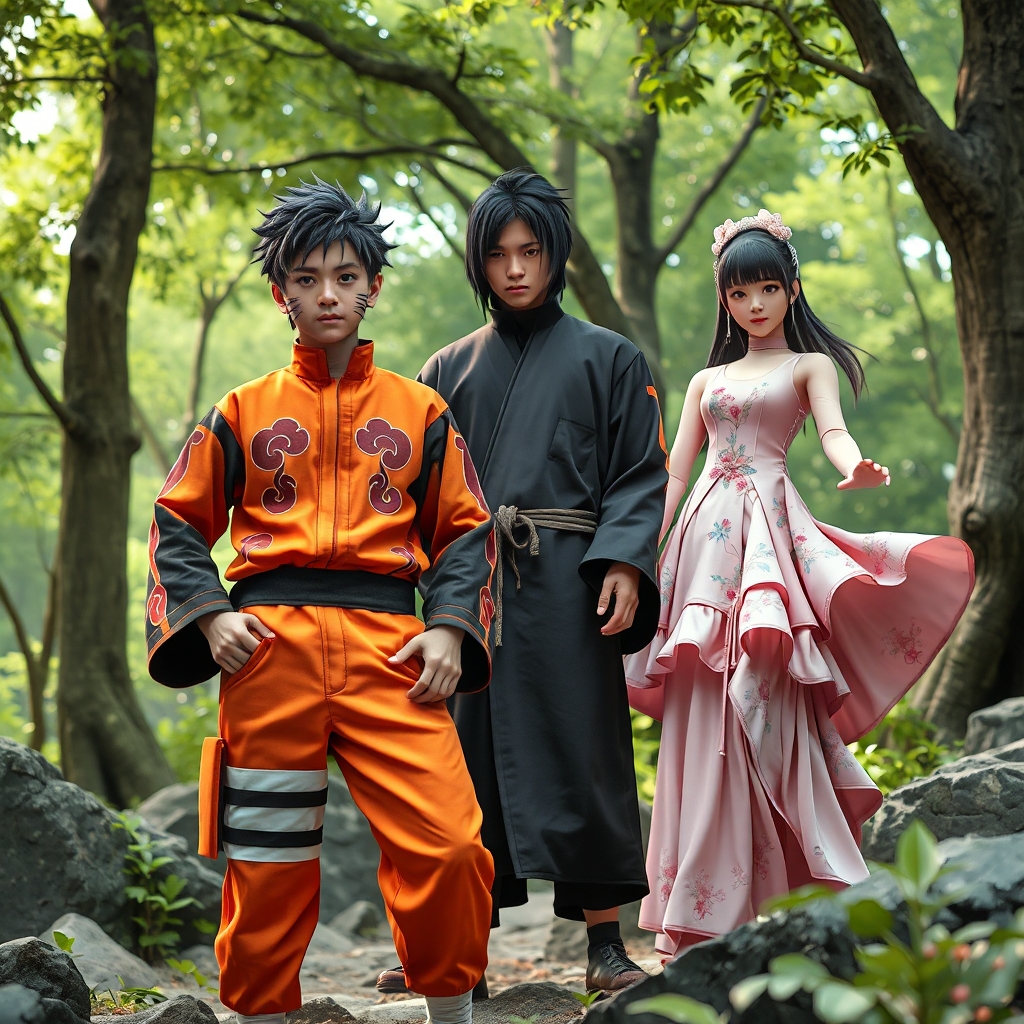
The Fashion Aesthetic of Naruto Characters
In the vibrant world of anime, few series have impacted the fashion landscape quite like “Naruto.” The characters in this beloved series not only showcase their unique abilities but also present a diverse array of styles that reflect their personalities, backgrounds, and roles within the storyline. From ninjas in training to legendary warriors, the fashion choices in “Naruto” are as dynamic as the characters themselves.
Iconic Outfits and Their Meanings
Each character’s outfit is meticulously designed to convey specific traits and narratives. For example, Naruto Uzumaki, the series’ protagonist, is often seen wearing his orange jumpsuit. This bright color symbolizes his energetic and optimistic personality, while the design reflects his humble beginnings as a young ninja. In contrast, Sasuke Uchiha’s darker attire mirrors his brooding nature and the heavy burden of his past.
Another standout is Sakura Haruno, whose outfit evolves throughout the series. Initially, she wears a simple pink dress, which represents her youth and innocence. As she grows stronger and more independent, her costume transitions to a more functional design, signifying her development into a formidable ninja.
Cultural Influences in Designs
The fashion in “Naruto” is deeply rooted in traditional Japanese culture, with many characters donning elements inspired by historical clothing. The use of kimono-like garments, sashes, and headbands can be seen throughout the series, blending modern aesthetics with cultural heritage. For instance, characters from the Land of Wind, like Temari, wear clothing that reflects desert influences, showcasing a connection to their environment.
Furthermore, the series introduces various clans, each with its distinct attire that often includes symbolic colors and patterns. The Uchiha clan’s signature red and black color scheme reflects their powerful lineage and the weight of their history.
Accessories that Define Character
Accessories play a crucial role in defining a character’s identity and style in “Naruto.” For example, the iconic forehead protector serves as a symbol of loyalty and dedication to one’s village. Characters like Kakashi Hatake, who wears his protector over his eye, embody a unique blend of mystery and skill, while also hinting at their backstory.
Other accessories, such as Shikamaru Nara’s signature cloud-patterned clothing or Gaara’s gourd, emphasize their individual quirks and strengths. These details not only enhance their visual appeal but also deepen the narrative by providing insight into their personalities.
Effortless Fashion and Practicality
One of the most appealing aspects of “Naruto” fashion is its balance between style and practicality. The designs are not only visually striking but also functional for combat. Many characters wear loose-fitting clothing that allows for fluid movement during battle, adhering to the series’ action-packed nature.
Characters like Rock Lee exemplify this blend, as his simple yet effective attire allows for agility and ease during taijutsu battles. The effortless fashion of these ninjas reflects their lifestyle, where functionality is key, yet individuality shines through.
Conclusion: The Lasting Impact of Naruto Fashion
The fashion choices in “Naruto” have left an indelible mark on anime culture, influencing countless other series and inspiring fans worldwide. The unique blend of traditional elements, character-driven designs, and practical aesthetics create a rich tapestry that reflects the essence of each character. From the energetic Naruto to the stoic Sasuke, the effortless style of these ninjas continues to resonate with audiences, proving that fashion in anime is more than just a visual element; it is an integral part of storytelling.
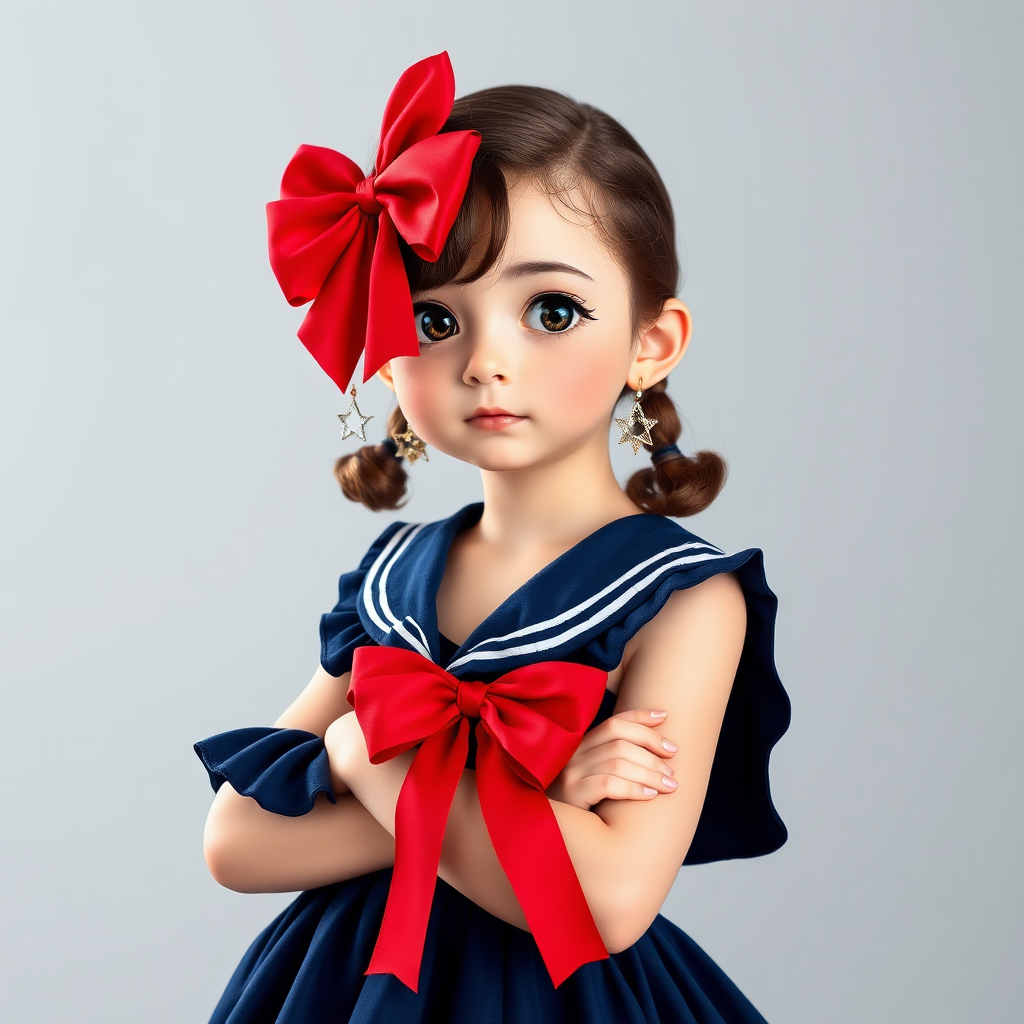
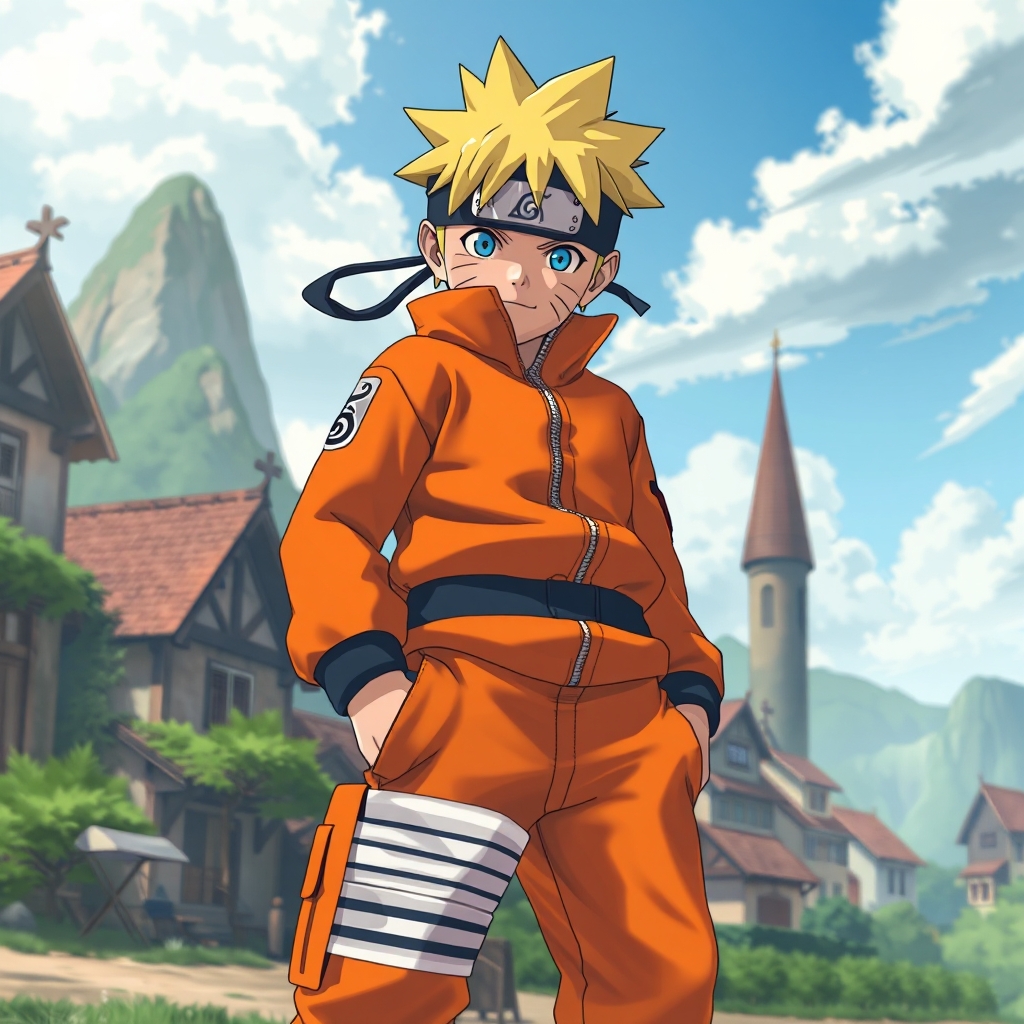
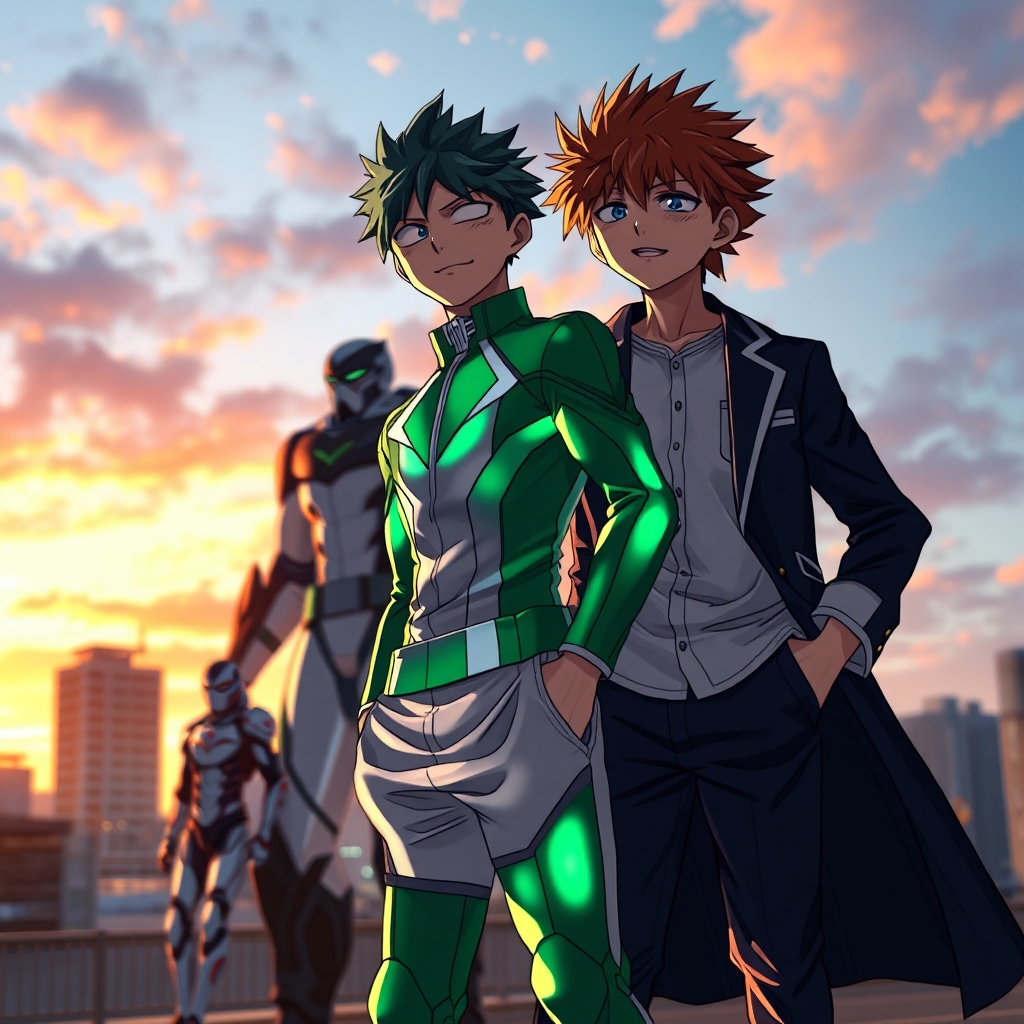
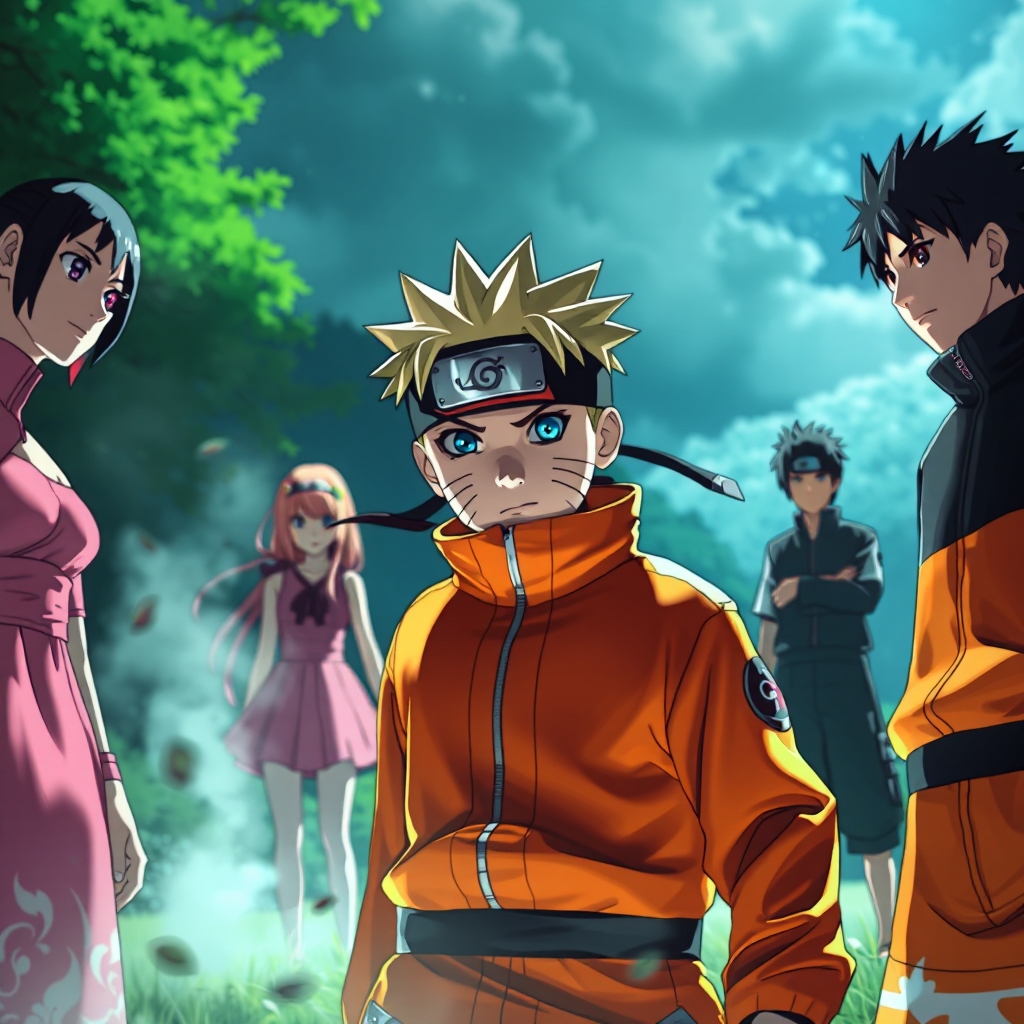
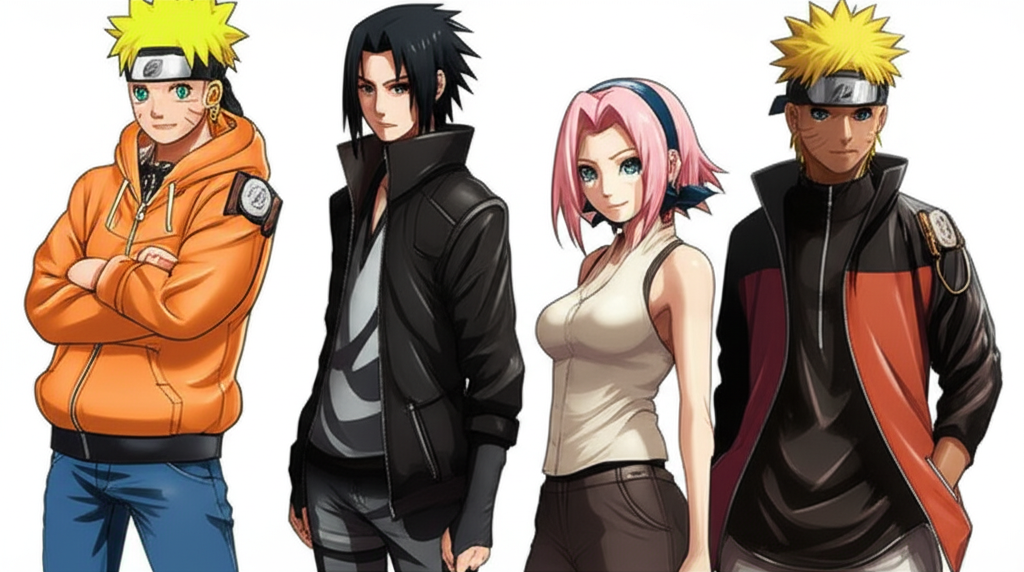
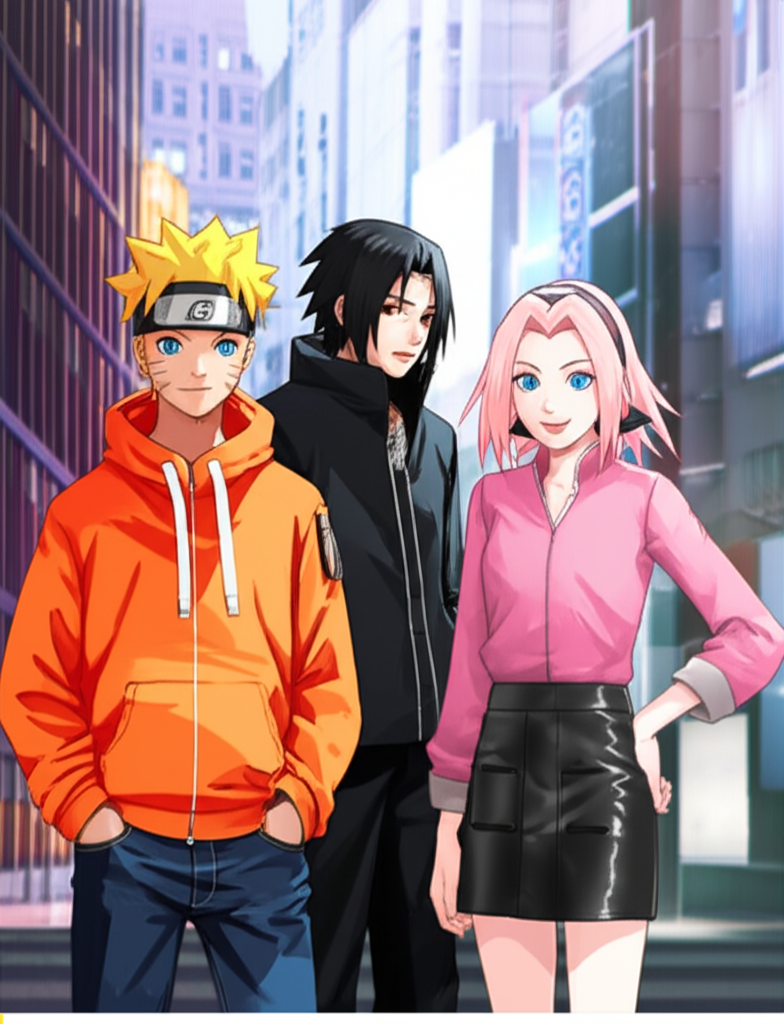
Latest Reviews